Towing is one of the most demanding tasks an SUV can face, requiring not just engine strength and torque but a well-built frame and dependable tow hooks that can handle the pressure.
For many drivers, especially those who venture off-road or need to haul boats, trailers or other vehicles, having strong and durable tow hooks is more than just a convenience. It is a necessity that guarantees safety and vehicle integrity during challenging pulls or recovery situations.
Tow hooks are frequently overlooked in SUV discussions, yet they play a critical role when it matters most. A solid tow hook ensures that during a recovery operation, the SUV’s chassis remains secure, and no metal components fail under stress.
Meanwhile, a poorly engineered tow hook, either made from substandard material or attached to a weak mounting point, can easily bend or snap, posing risks to both the vehicle and nearby people.
Many SUV owners who enjoy recreational driving, camping trips, or off-roading have discovered that not all tow hooks are created with the same durability.
We will focus on ten popular SUVs. Five of them stand out for their long-lasting and highly dependable factory-installed tow hooks that have proven reliable across different terrains and towing scenarios.
The other five, unfortunately, have become known for weak tow hook performance that bends too easily under pressure, sometimes requiring replacements or aftermarket fixes. Each vehicle is examined in detail, giving insight into how its tow hook design supports or limits its practical utility.
Whether you are searching for a reliable towing companion or trying to avoid models that underperform, understanding how tow hooks perform under stress can help guide your purchase or upgrade decision.
This comparison offers a deep look into strengths versus weaknesses in a very specific part of SUV functionality that too often goes unnoticed until it is too late.
5 SUVs with Lifetime Tow Hooks
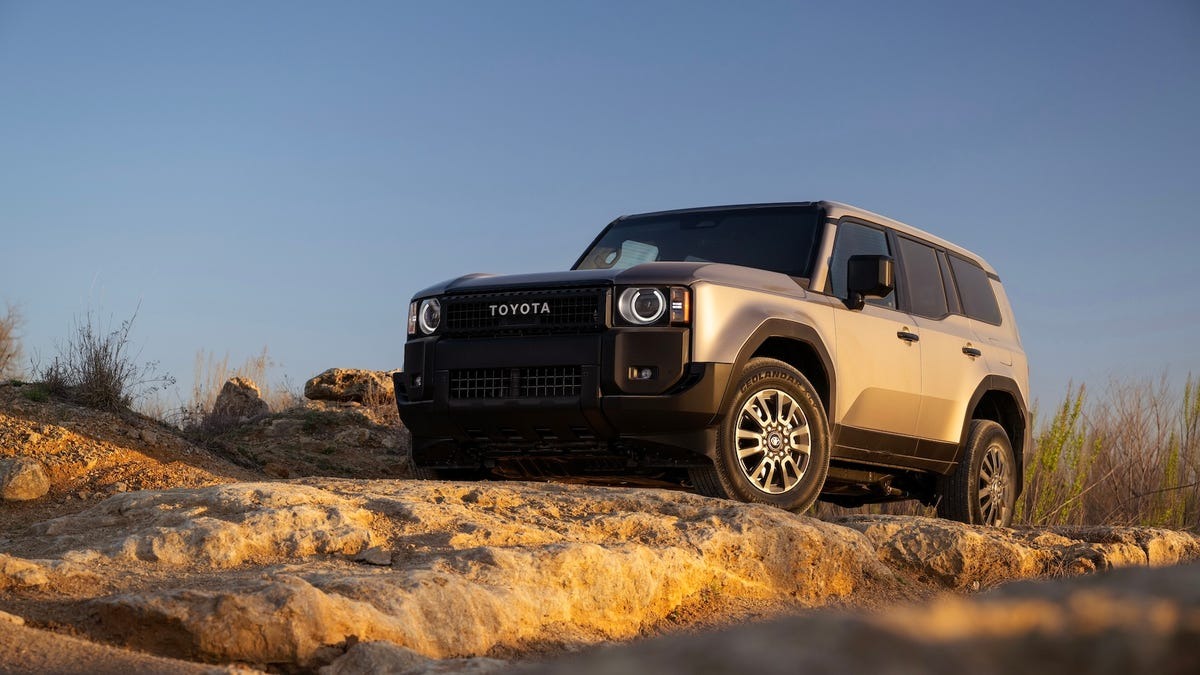
1. Toyota Land Cruiser
Toyota’s Land Cruiser has long been respected for its ruggedness and off-road capacity. Its reputation for long-term durability extends beyond its engine and suspension to the quality of its recovery gear.
The factory-installed tow hooks on this SUV are built into the frame and designed with off-road utility in mind. Unlike smaller vehicles that treat towing as an afterthought, the Land Cruiser’s hooks are tested in real-world rescue scenarios, including sand, mud, and rocky terrains.
Made from forged steel and mounted directly to the chassis, the tow hooks on the Land Cruiser have withstood the pull of larger trucks, stuck vehicles, and heavy trailers. Many off-road enthusiasts report that even after years of use in difficult conditions, the hooks remain intact and reliable.
There have been no frequent reports of bending or failure. That speaks volumes about Toyota’s engineering focus on resilience. This feature proves especially useful for overland travelers who often find themselves pulling other vehicles out of ditches or crossing rugged terrain where winches and hooks are vital.
Beyond just functionality, the placement of the tow hooks on the Land Cruiser adds to its strength. They are positioned at optimal angles for forward and rearward recovery, which helps distribute the force evenly across the SUV’s body and reduces the chance of warping or damaging the connection points. Also, Toyota designed the surrounding area to handle the high torque loads without compromising safety.
Some manufacturers offer plastic-covered tow hooks that look stylish but fail under pressure. The Land Cruiser rejects such trends, instead choosing a practical and tested design.
The result is an SUV trusted by professionals, adventurers, and emergency responders around the globe. With its lifetime-strength tow hooks, the Land Cruiser delivers peace of mind for anyone needing to pull, recover, or be pulled out of danger.
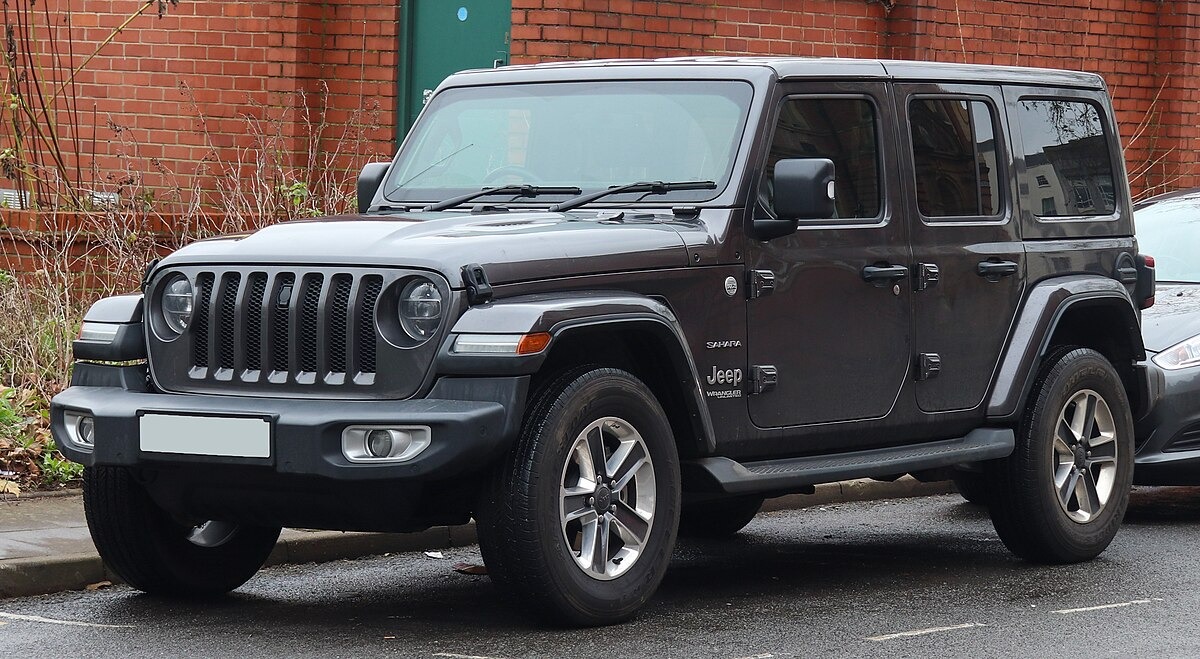
2. Jeep Wrangler
The Jeep Wrangler has always been recognised for its readiness to tackle rough environments. As part of its design tradition, it comes standard with heavy-duty steel tow hooks placed at both the front and rear. These hooks are not cosmetic add-ons. They serve a critical role during recoveries, especially in off-road conditions.
Jeep ensures that each Wrangler’s tow hook is not just capable of pulling but also of resisting deformation even under extreme pressure. Whether dragging out another SUV from deep snow or being winched up a slope, the Wrangler’s hooks do not give in easily.
Jeep uses high-tensile metal for these parts and integrates them into reinforced parts of the frame. As a result, they do not merely sit on the surface of the bumper. They become part of the structure.
Owners who take their Wranglers on rugged expeditions often recount how the tow hooks held strong through difficult scenarios like rock crawling or mud bogging. Their trust in this component has made the Wrangler a favourite among off-road communities.
Also, Jeep designs its hooks to allow fast attachment of D-ring shackles or tow straps. This makes setup during recoveries much quicker and reduces delays when time is critical.
Additionally, the Wrangler’s hook design avoids common problems seen in other SUVs, like limited access due to bumper shape or poor mounting location. Instead, everything about the tow hooks is practical and user-focused. They protrude just enough for easy use without posing safety risks.
Over the years, Jeep has retained this design philosophy, understanding that those who choose the Wrangler expect more than aesthetics. They expect strength and performance. For that reason, the Wrangler remains a solid pick for those who value a reliable and nearly indestructible tow hook as part of their daily or weekend adventures.
Also Read: 10 Cars That Can Be Repaired With Only Basic Tools
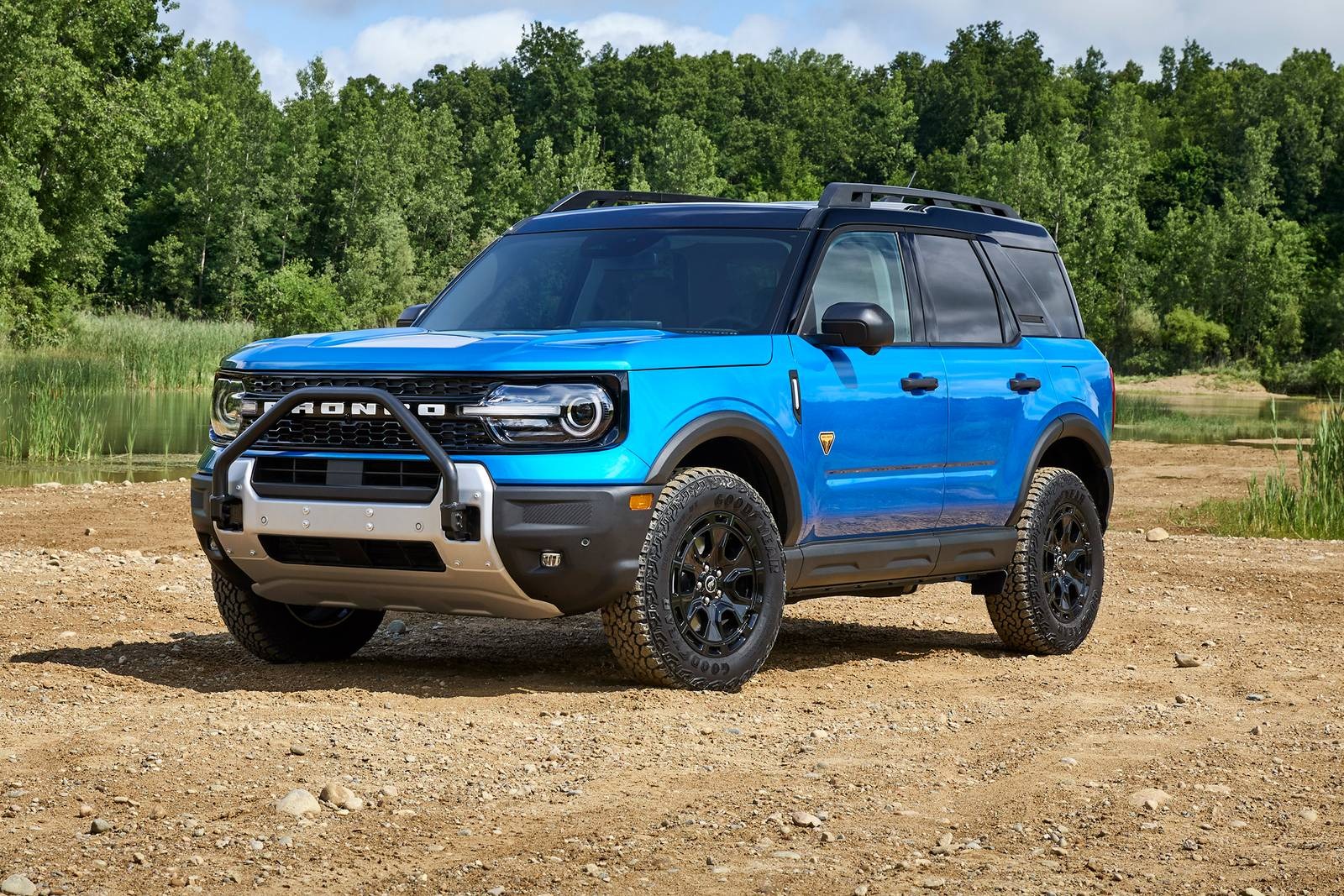
3. Ford Bronco
When Ford reintroduced the Bronco, it positioned the SUV as a direct rival to other serious off-roaders. Among its many features tailored for rugged activity, the Bronco includes factory tow hooks that go beyond just meeting basic standards. These components are designed to handle high-force pulls in desert dunes, forest trails, and snowy environments.
Each Bronco model comes with front-mounted tow hooks and, in some trims, rear ones as well. These hooks are forged from high-grade steel and mounted into reinforced parts of the vehicle’s frame. The decision to anchor them deep within the chassis provides a strong pulling point that resists both torsion and tension stresses during extractions.
Ford also placed a strong focus on user-friendliness. The tow hooks are visible, accessible, and shaped to accept multiple recovery tools, whether it be snatch straps, tow chains, or D-ring shackles.
Owners of the Bronco have shared reports of using the tow hooks multiple times during group trail drives and off-road events without any evidence of bending, cracking, or misalignment.
There’s also a visual toughness to the Bronco’s tow hooks that matches the rugged exterior of the vehicle. While some automakers choose tow hooks that blend into the bumper, Ford made theirs stand out, clearly indicating function over form. This reflects Ford’s decision to prioritise real-world usability.
Those using the Bronco for utility tasks or off-road journeys appreciate that they can rely on the hooks without worrying about them snapping under load.
Even in wet or icy conditions, where metal fatigue and rust might affect performance, the Bronco’s hardware has held up without fail. It reinforces Ford’s promise that the Bronco is not just about style or nostalgia but is genuinely engineered to meet the demands of modern off-roaders.
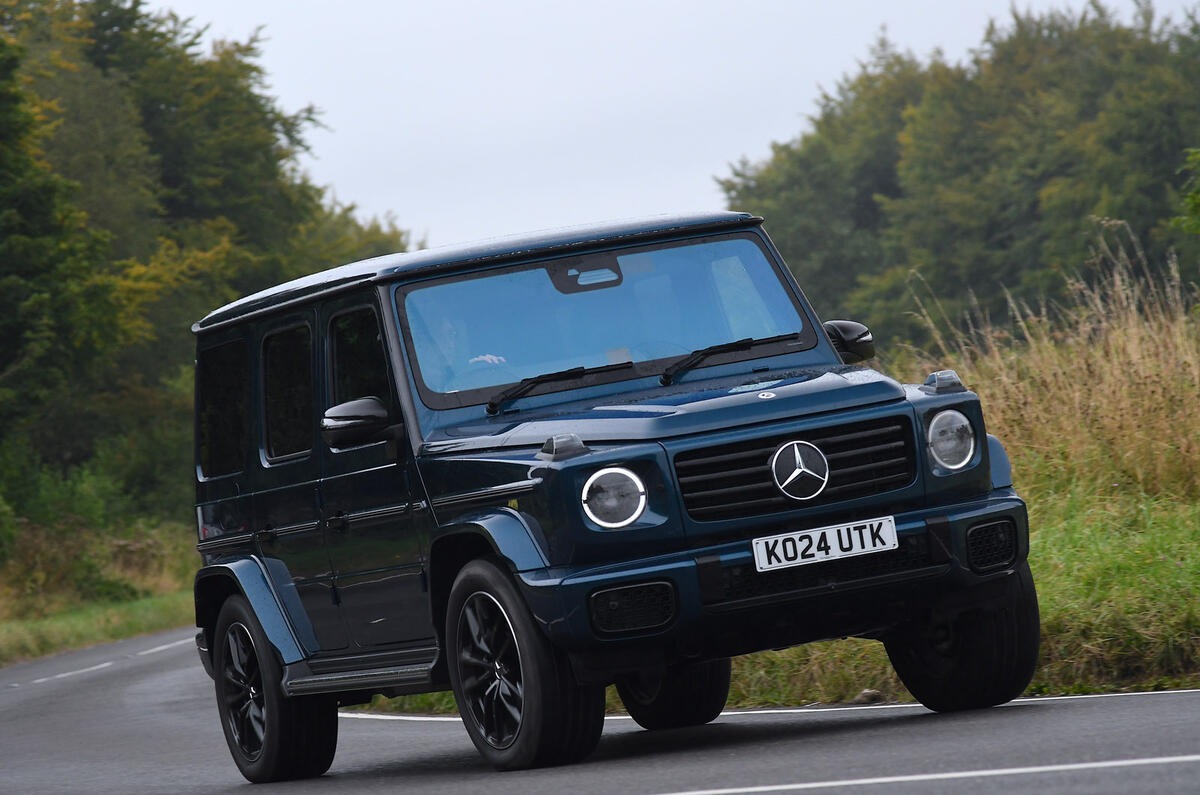
4. Mercedes-Benz G-Class
Though the G-Class from Mercedes-Benz often presents itself as a luxury SUV, its origins lie in military and off-road service. That legacy continues today in many of its design elements, including the vehicle’s tow hooks. While the cabin may be filled with leather, ambient lighting, and advanced infotainment systems, the hardware underneath remains engineered for serious work.
The G-Class comes fitted with rugged metal tow hooks installed directly into the ladder frame. This frame type, uncommon in many modern SUVs, adds strength to the vehicle’s structural integrity. Mercedes has chosen hooks crafted from dense alloy steel, capable of bearing the weight of the entire vehicle during high-tension recovery pulls.
These tow hooks are not tucked away or hidden behind panels. They are easily accessible and built to resist corrosion. Whether the G-Class is operating in snow-covered environments, deserts, or muddy off-road trails, the tow hooks maintain their form and function. Users have documented multiple recovery scenarios where the G-Wagon’s hooks performed exceptionally without deforming or compromising safety.
Another aspect of the G-Class’s hook system is its compatibility with professional-grade recovery gear. While other premium SUVs may feature aesthetic tow eye covers or decorative hook points, Mercedes insists on utility. Their engineering department subjected the hooks to thousands of pressure cycles to ensure performance across a wide temperature and stress range.
Even though many G-Class drivers never take their vehicles off paved roads, the tow hook system proves valuable in winter climates or during emergency recoveries. When every other luxury SUV fails to deliver practicality, the G-Wagon demonstrates that strength and elegance can indeed coexist.
Mercedes did not sacrifice real-world strength in pursuit of design. Instead, they ensured that the G-Class remains a powerful ally in situations that demand more than comfort or looks. It delivers mechanical performance when it is needed most.
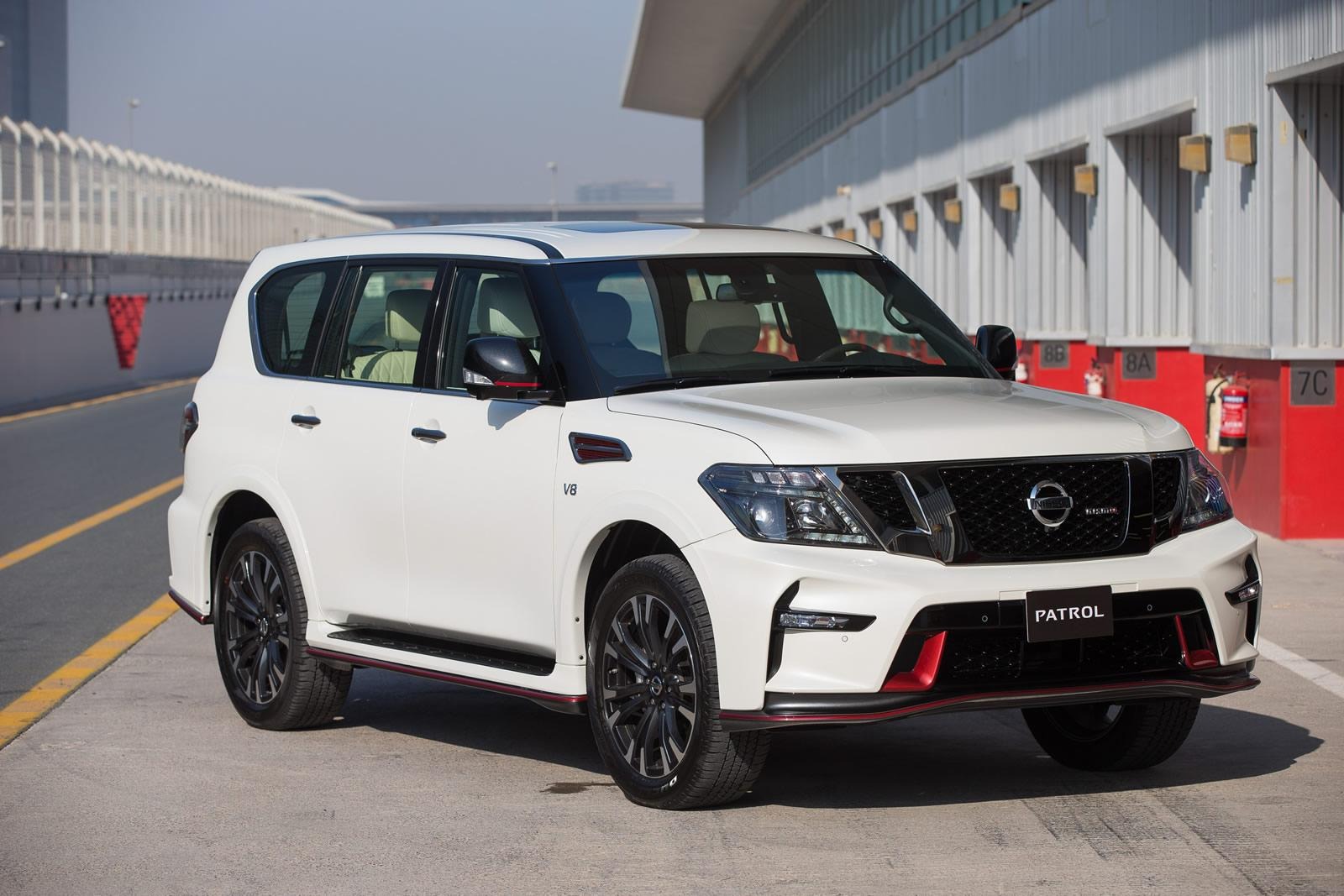
5. Nissan Patrol
The Nissan Patrol may not receive the same attention in North America as it does in other regions, but those familiar with its design recognise it as one of the most robust SUVs available for both on-road and off-road tasks. This reputation extends to its tow hook assembly, which is both practical and durable.
Mounted firmly onto the Patrol’s frame rails, the tow hooks are built from industrial-grade metal with extra reinforcement around stress zones. Nissan designed them not just to pull other vehicles but also to endure repeated recovery uses without failure. This reliability has earned the Patrol respect among rescue operators and long-distance travellers.
The hooks are shaped for efficiency, with enough clearance to accommodate a range of recovery tools. Whether you’re attaching a synthetic rope, chain, or metal strap, the process is seamless and safe. Their mounting also helps distribute the stress across a broader section of the frame, reducing the chance of concentrated force damage.
Off-road clubs often speak highly of the Patrol’s resistance to hook damage, especially during difficult desert recoveries or steep trail climbs. Even after repeated tugs in abrasive conditions, the hooks show no signs of structural compromise. Their corrosion resistance also makes them ideal for coastal regions or wet climates where metal parts often suffer.
Unlike SUVs that hide the tow hooks behind covers or demand special attachments, the Patrol keeps things accessible. You do not need to search for a hook point or struggle with panels during an emergency. It is ready when required. This approach reflects Nissan’s understanding of practical needs.
The Patrol stands as an example of how proper engineering and quality materials can make even a utilitarian feature like tow hooks become a point of strength. Drivers needing a reliable recovery point in uncertain terrain will appreciate what Nissan has provided with this model.
5 Cars With Bent Weak Hooks
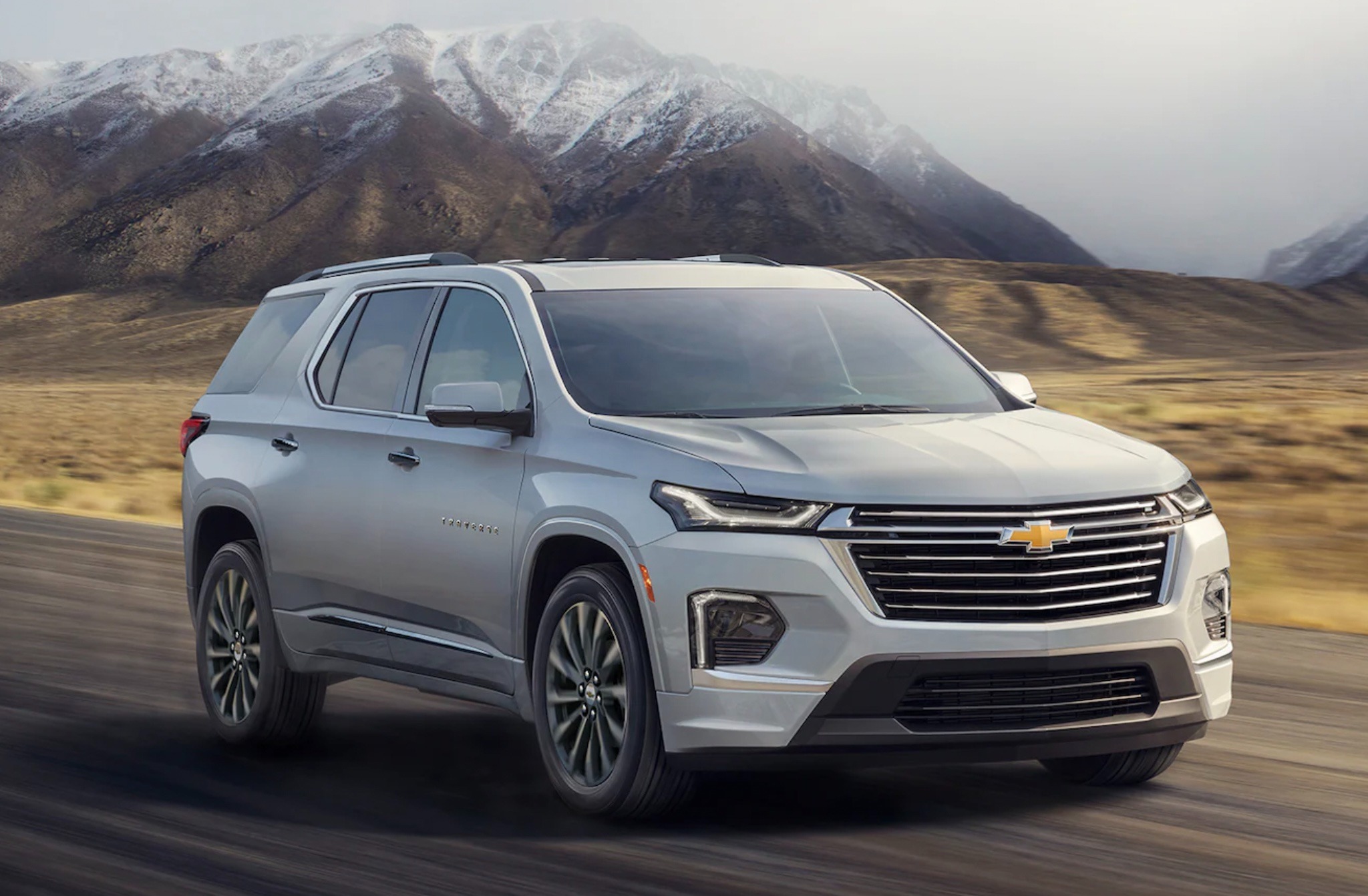
1. Chevrolet Traverse
The Chevrolet Traverse serves families well with its roomy interior and road comfort, but when it comes to pulling strength, its tow hook design has received many criticisms.
Although marketed as a capable mid-size SUV, the Traverse does not provide the type of robust recovery system required in serious off-road or emergencies. The factory-installed tow hook is not only limited in capacity but also positioned in a way that affects its usability during high-stress pulls.
What concerns drivers most is the hook’s poor connection to the frame. Instead of being deeply embedded in reinforced structural points, the Traverse’s hook feels like an afterthought.
It is commonly attached to subframe extensions rather than the main chassis, which reduces its ability to resist high-tension loads. Drivers who have attempted recovery operations or even basic towing with the Traverse have reported instances of the hook bending or loosening after minimal use.
Some have gone so far as to install aftermarket hook reinforcements or avoid using the factory tow point altogether. This lack of trust reflects a deeper issue with how GM engineered the system.
The hook is often positioned behind trim or plastic panels that must be removed before access, which slows down emergency response time and adds frustration during high-pressure situations.
Its finish is also not built for long-term durability. In regions where road salt is common, early signs of corrosion are frequently reported. This becomes a problem for owners in cold climates, where towing is sometimes unavoidable. Weak hardware exposed to rust and metal fatigue becomes more likely to fail when pressure is applied.
While the Traverse may perform adequately for light towing or regular family duties, its tow hook system does not meet the expectations of those who rely on strength during recovery. This shortcoming leaves owners with limited confidence in the vehicle’s ability to assist or be assisted when towing becomes essential.
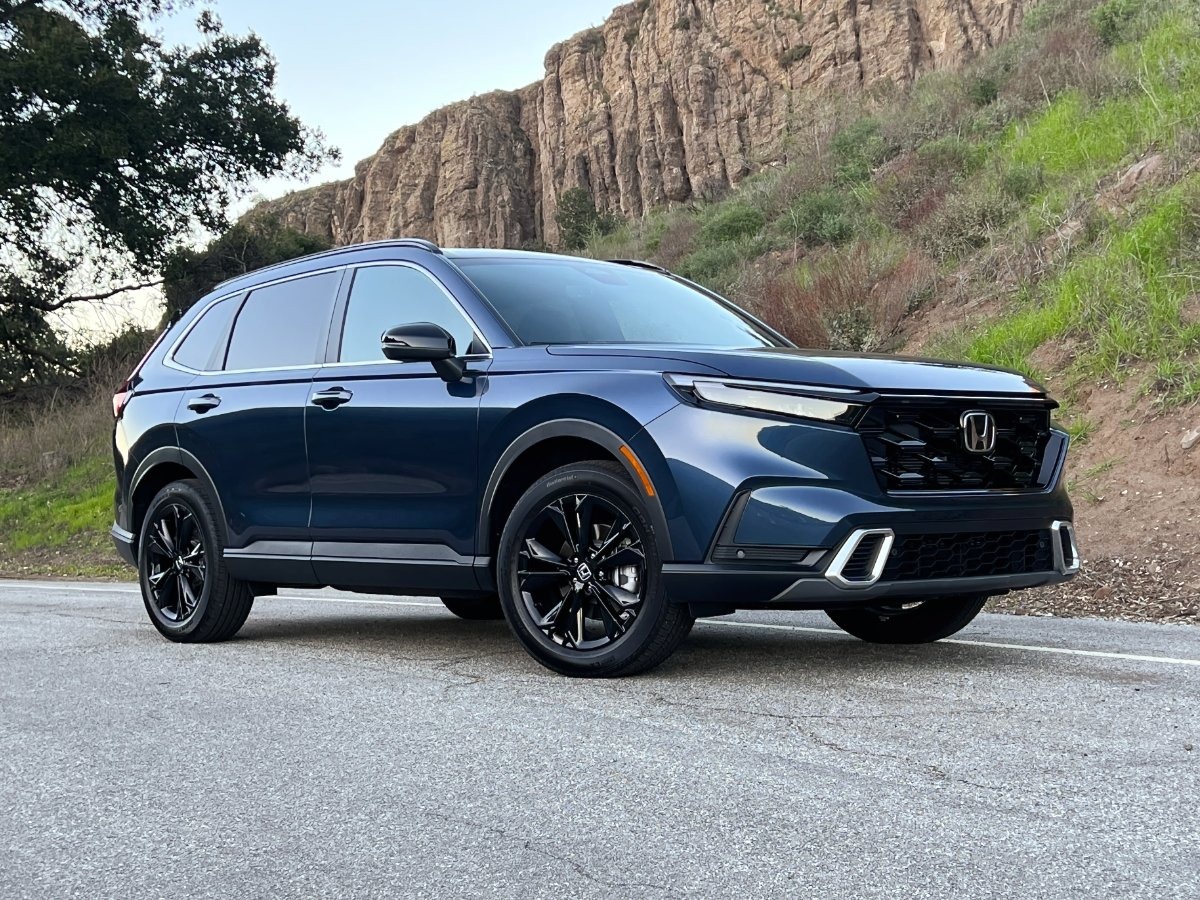
2. Honda CR-V
The Honda CR-V continues to be a top choice in the compact SUV segment for its fuel efficiency and smooth handling, but its tow hook performance falls short.
Honda’s design does not support robust towing activity. Instead, the tow hook provided with the CR-V is mostly intended for controlled conditions such as dealership transport or low-stress winching onto flatbeds.
The primary issue lies in the hook’s size and positioning. It is undersized for anything beyond light-duty use. Although Honda supplies a small screw-in tow eye stored in the vehicle’s trunk, this attachment method is not ideal for real-world towing. It threads into a small opening located behind a pop-off bumper cover, and the threading is not reinforced to manage the kind of torque seen during high-tension pulls.
Users who have tried to recover a stuck CR-V or pull another car using this system often discover the limitations quickly. Many report the hook flexing or the threading weakening after only one or two uses. In off-road groups and towing communities, the CR-V has been classified as a vehicle that requires aftermarket modification before being considered recovery-capable.
Besides the mechanical weakness, the access process adds another disadvantage. The cover often breaks or falls off after repeated use. It also becomes difficult to remove in snowy or muddy environments, which further complicates recovery tasks. This design might work on paper, but field conditions reveal how unfit it is for anything beyond flat-surface towing.
For a vehicle that advertises versatility, the CR-V’s tow system lacks dependability. Owners who enjoy outdoor adventures, road trips to remote areas, or occasional trail visits must install a professional towing upgrade to meet their needs.
Without this, the hook remains a weak point on an otherwise reliable SUV. While Honda builds quality drivetrains and efficient systems, the recovery hook design on the CR-V disappoints those who expect readiness during emergencies or unexpected terrain troubles.
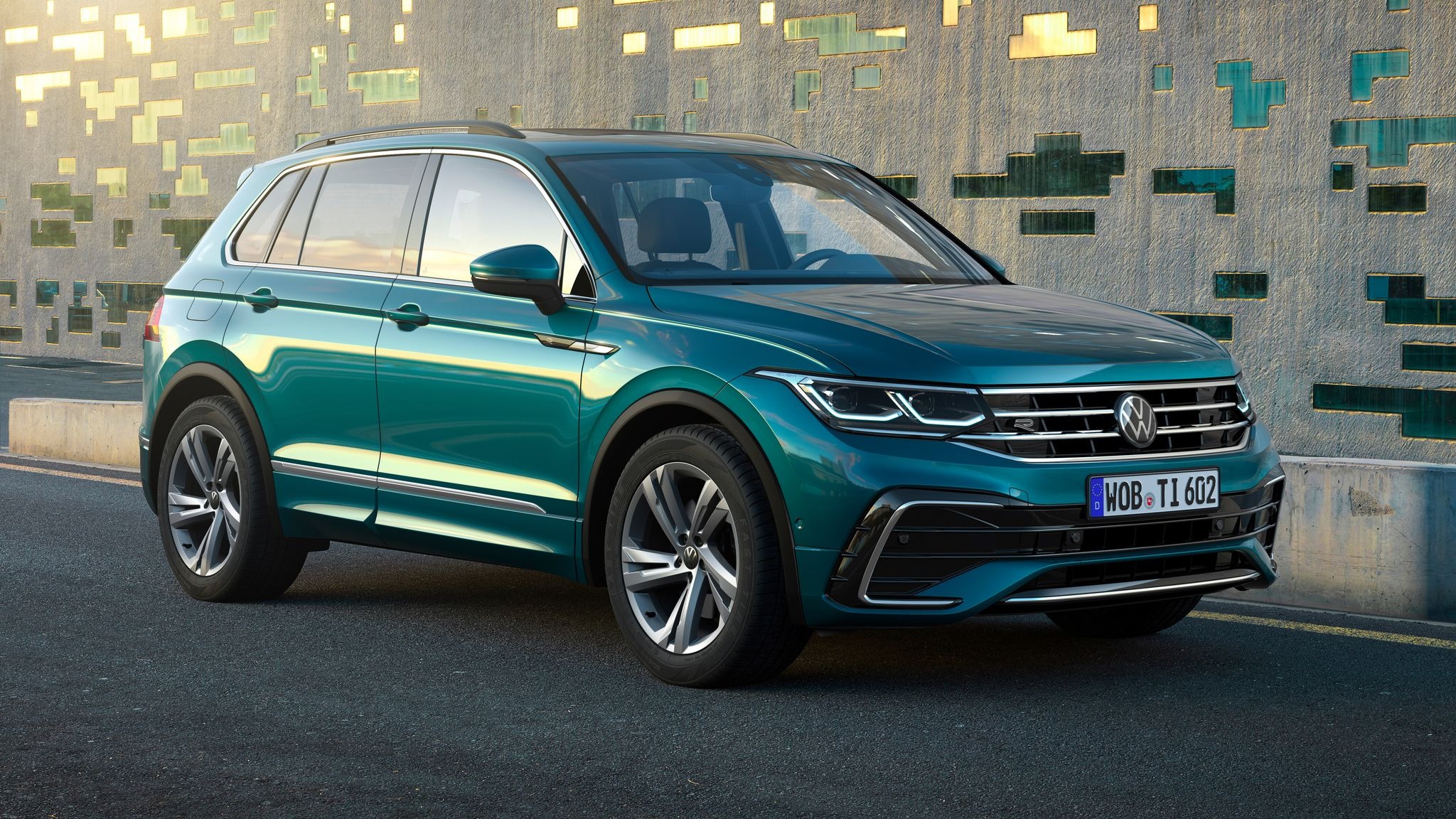
3. Volkswagen Tiguan
The Volkswagen Tiguan blends European styling with compact SUV practicality, but its tow hook configuration reveals its limitations when put to serious use.
Many drivers who bought the Tiguan expecting a capable all-rounder soon realised the factory tow hook is not made for high-strength applications. Volkswagen’s design employs a screw-in hook that is stored in the boot and accessed through a covered bumper opening. This arrangement often fails to perform under pressure.
Unlike SUVs that feature welded or bolted steel hooks, the Tiguan relies on threads that screw into a shallow mount. This point is not reinforced within the structural frame of the vehicle, which limits its resistance against heavy loads. Owners who have attempted basic recovery manoeuvres report deformation of the threading or complete detachment in severe cases.
Additionally, the hook itself is often small and slender, giving little confidence in its ability to manage even moderate tow demands. In cold-weather regions where snow and ice cause frequent road trouble, the Tiguan’s hook setup is frequently tested and found lacking. Some owners even recount instances where the bumper structure flexed under load, causing alignment issues or cosmetic damage.
Access is another issue. The bumper cap is small and difficult to open when conditions are poor. This makes fast recovery a struggle, especially during storms or when the vehicle is stuck in sand or deep snow. There are no backup tow points on most models, leaving owners with limited options unless they’ve installed an aftermarket front or rear tow bar.
Volkswagen aimed to maintain sleek aesthetics, but it came at the cost of mechanical strength. Those who plan to take the Tiguan on light trails or tow light trailers should be aware that the tow hook is not designed for demanding operations. Unless upgrades are made, drivers may find themselves depending on external help more often than expected.
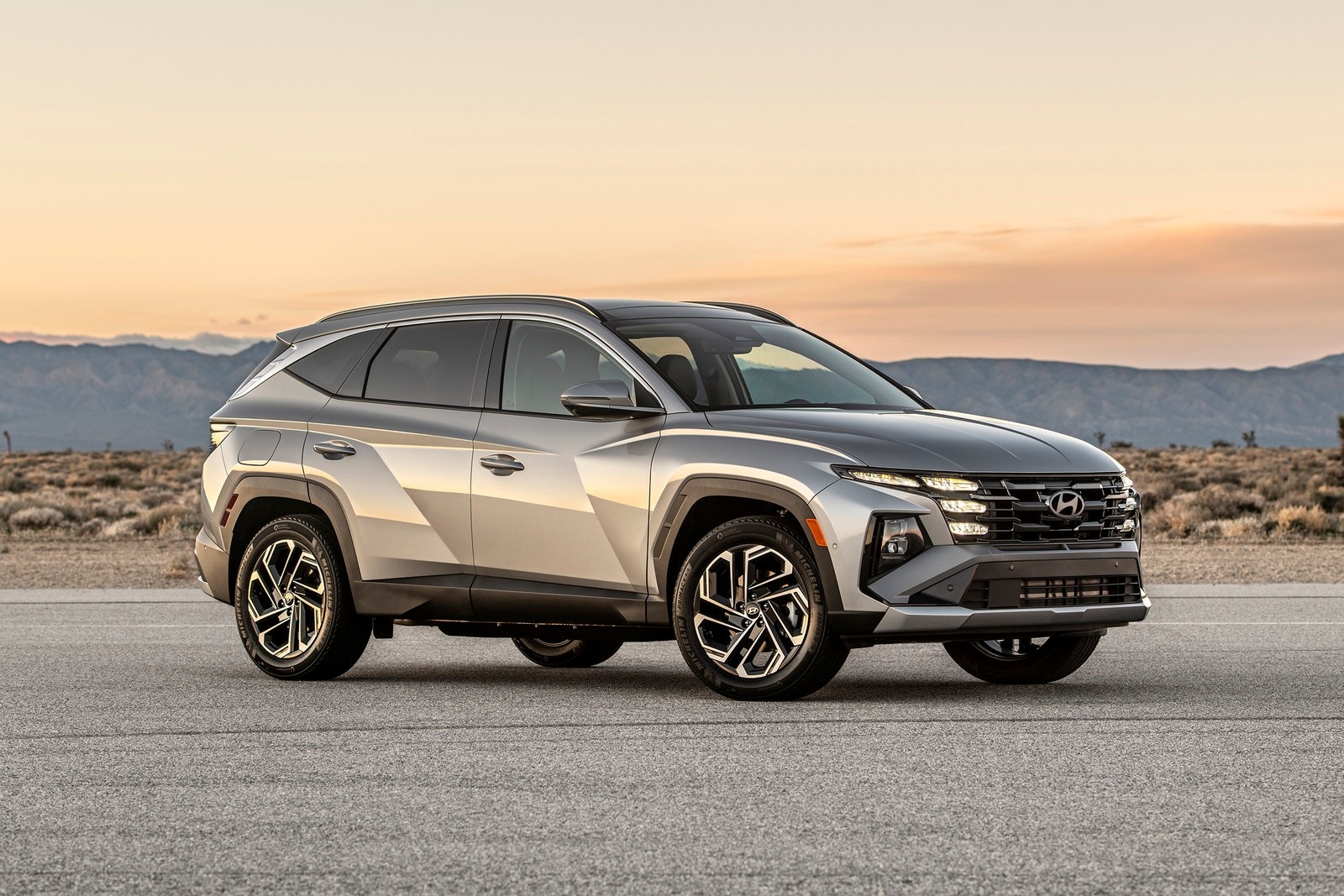
4. Hyundai Tucson
The Hyundai Tucson earns praise for its design updates and improved cabin features, but one area that continues to fall behind is the recovery system. The factory tow hook setup is not made for heavy-duty towing or off-road extractions.
Hyundai includes a small, detachable tow eye, which many consider more symbolic than functional. It attaches via a screw-thread behind a plastic bumper cover, which immediately limits its utility in real-world towing applications.
The most visible issue with this setup is its fragility. Several Tucson owners have shared experiences of the tow eye bending under stress or coming loose from the mount.
Even when towing low-weight loads, the connection point has shown signs of warping. It is evident that the hook and its mounting were not designed to handle more than basic trailer movement or short-distance pulls on level ground.
Placement is another concern. The mounting point is not easily accessed in muddy or snowy conditions. Removing the plastic cover is difficult without tools, and this slows down any recovery process. Additionally, the threading into the body of the SUV is shallow and not reinforced by structural framing, reducing its ability to carry pull stress over a broad area.
For a crossover SUV advertised as versatile, this weak point affects its entire reliability during emergencies. Whether it is towing a friend’s car or being pulled out from a slippery driveway, Tucson’s recovery point often fails to deliver. Aftermarket solutions do exist, but they require professional installation and extra investment, which should not be necessary on a modern SUV.
The Tucson may appeal to urban drivers and light adventurers, but it fails to meet the expectations of those who need strong hardware during tough conditions. For those who prioritise function in recovery and towing, the Tucson’s hook assembly remains one of its weaker features.
Also Read: 5 Pioneering Cars That Introduced Reliable Safety vs 5 Early Adopters with Issues
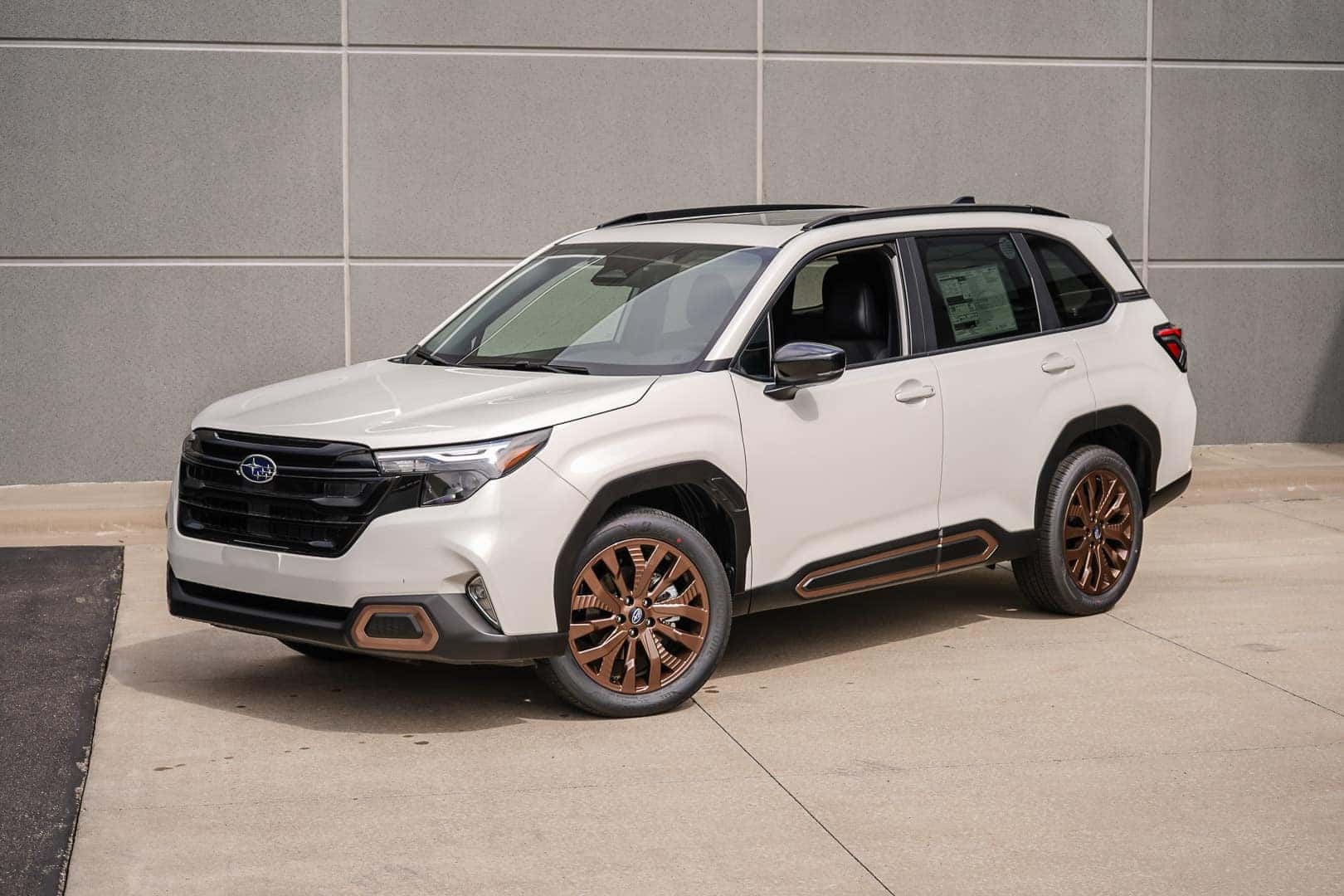
5. Subaru Forester
Subaru built its reputation on dependable all-wheel drive and rugged outdoor appeal, but the factory tow hook design on the Forester raises concerns. While many view the Forester as ready for adventure, its towing and recovery setup does not match that image.
The factory-provided tow hook is a screw-in type stored inside the cargo area. This hook must be manually attached to a mounting hole hidden behind a bumper cover.
On paper, this might sound practical, but users who have relied on the tow hook during actual recoveries have frequently reported issues. The threading on the insert often begins to strip after just a few uses.
This is likely due to the weak internal support structure. Unlike SUVs that use tow hooks anchored to the frame, the Forester’s mounting point is not braced for high tension. As a result, the hook can bend or break off when under pressure.
Accessing the hook is also frustrating in off-road settings. The small cover is hard to remove with gloves on or when the bumper is covered in mud or snow. Once removed, aligning the hook correctly and securely can be challenging, especially when quick action is needed. That delay can make recovery more difficult.
Subaru did not include alternative fixed recovery points on many Forester trims. Without solid front or rear hooks built into the frame, users are left with few dependable options for getting pulled out. Some drivers have turned to aftermarket solutions to remedy this, but those come with additional costs.
Given Subaru’s outdoor-focused marketing, many buyers expect the vehicle to handle off-road and towing duties with ease. However, the current hook setup suggests otherwise. Until the manufacturer reinforces this system with stronger materials and better integration into the frame, the Forester’s hook will continue to limit its recovery strength.

